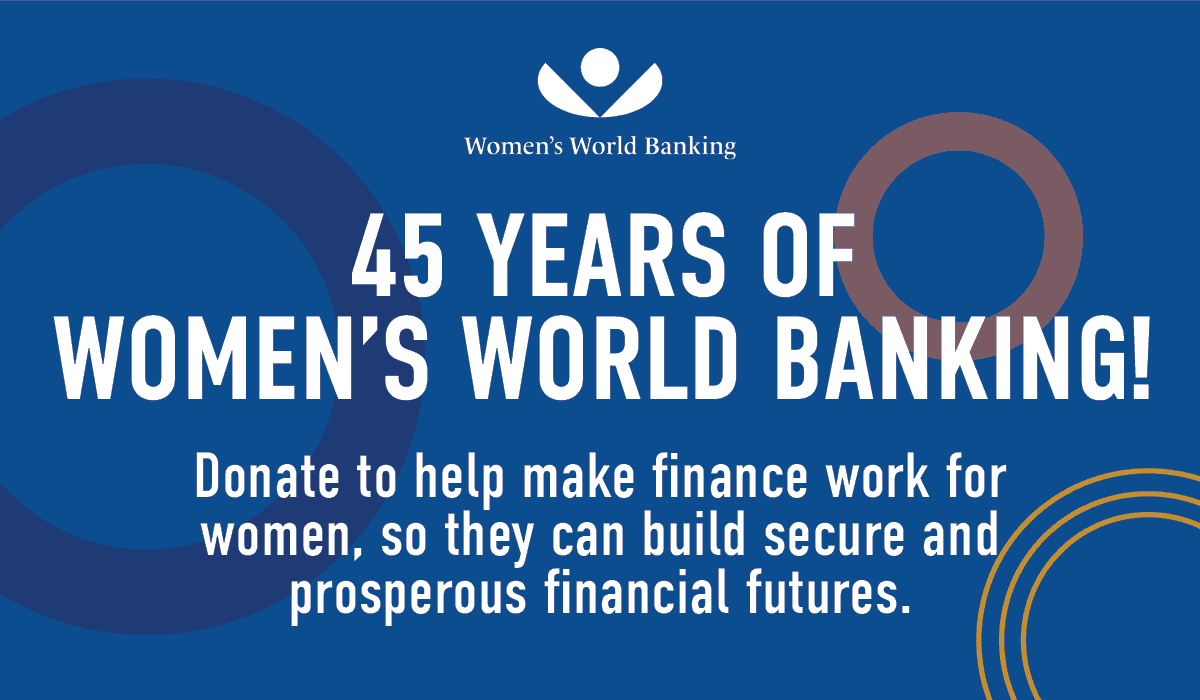For millions of women, a digital identification (ID) is more than just proof of identity—it’s the key to unlocking financial independence, healthcare, education, and economic opportunity. Yet, too many women—especially in low- and lower-middle-income countries—still face barriers to obtaining one. Discriminatory laws, socio-cultural norms, and economic challenges keep them excluded, limiting their full participation in the economy.
But the right policies can change that. When designed with inclusion in mind, digital ID systems can be a powerful tool for women’s empowerment—enabling them to open bank accounts, access government services, and build brighter futures for themselves and their families.
This policy brief explores the challenges women face in accessing digital ID and highlights solutions that work. From mobile registration units to investments in digital infrastructure and gender-inclusive policies, we outline key steps that policymakers and regulators can take to ensure that digital ID systems are equitable, accessible, and transformative.
Women can’t afford to be left behind in the digital economy. Let’s close the gender gap in digital ID.



